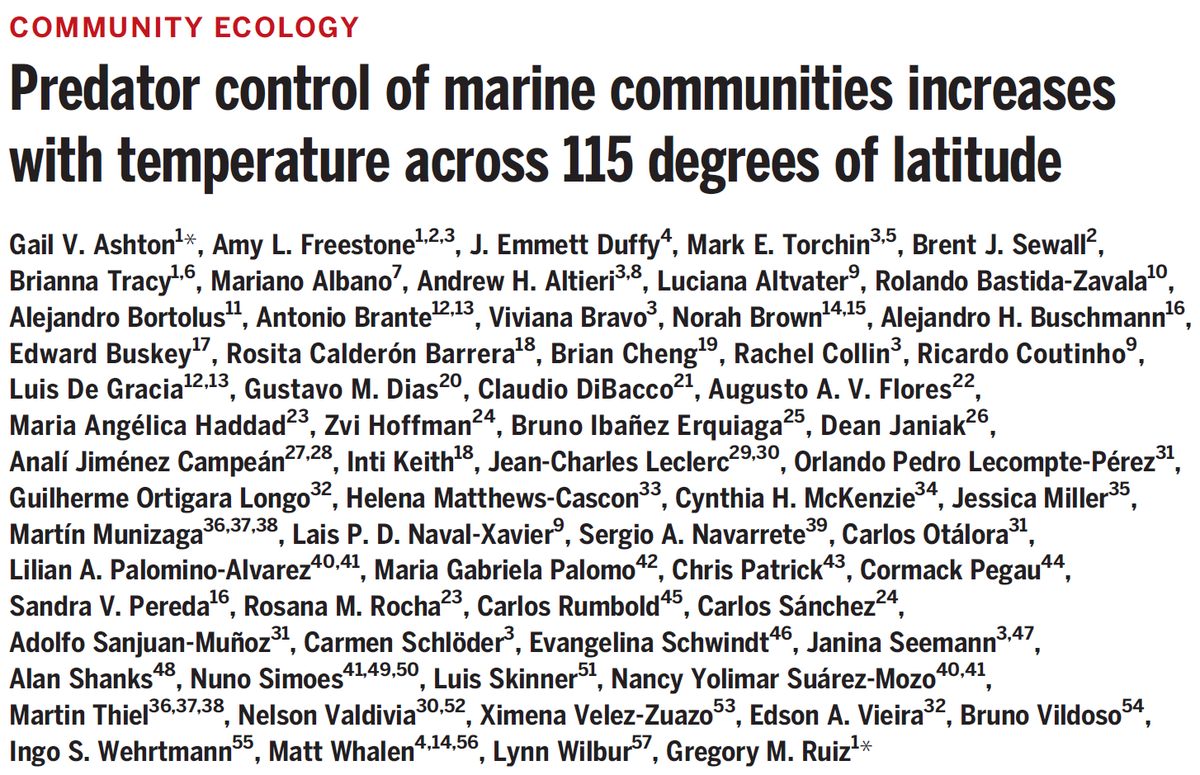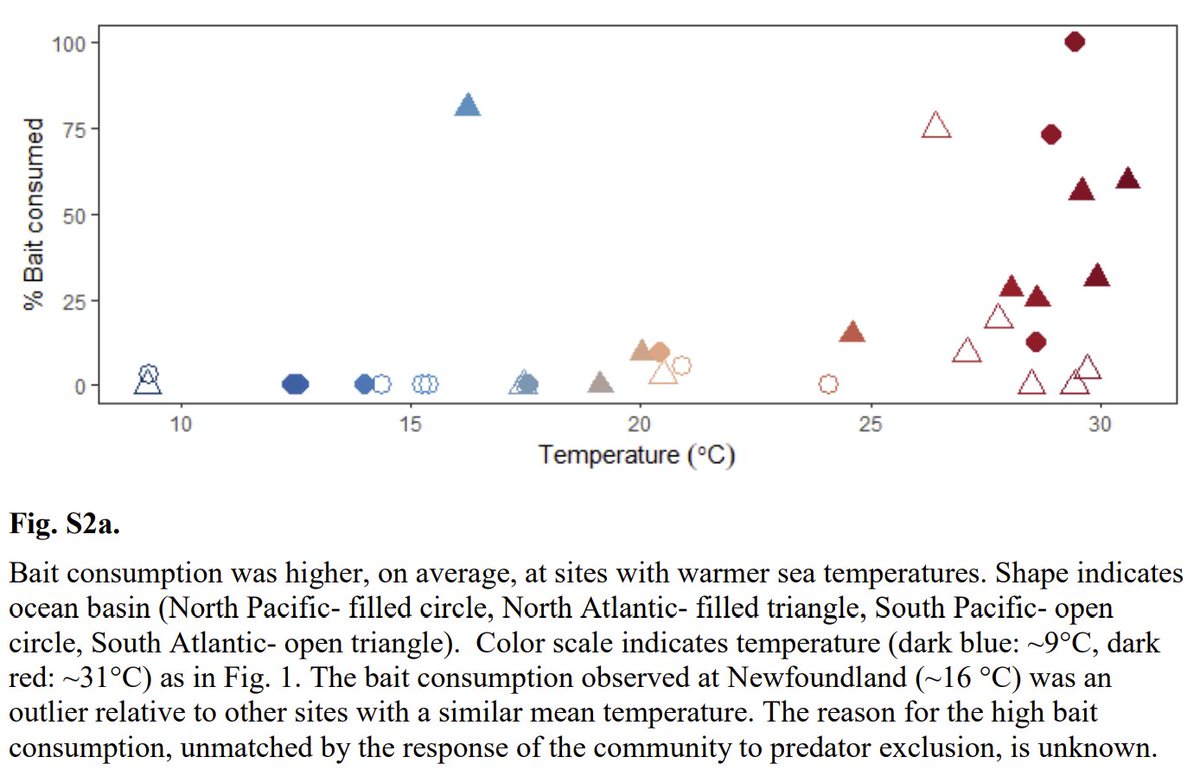Vaccine efficacy in blocking infection & transmission
(I think) We can now estimate the (minimum) reduction in transmission from the Moderna vaccine.
Thread
tl;dr Moderna vaccine blocks >90% (87-93%) of infections & 91% (89-94%) of transmission.
*Critiques welcome!
(I think) We can now estimate the (minimum) reduction in transmission from the Moderna vaccine.
Thread
tl;dr Moderna vaccine blocks >90% (87-93%) of infections & 91% (89-94%) of transmission.
*Critiques welcome!
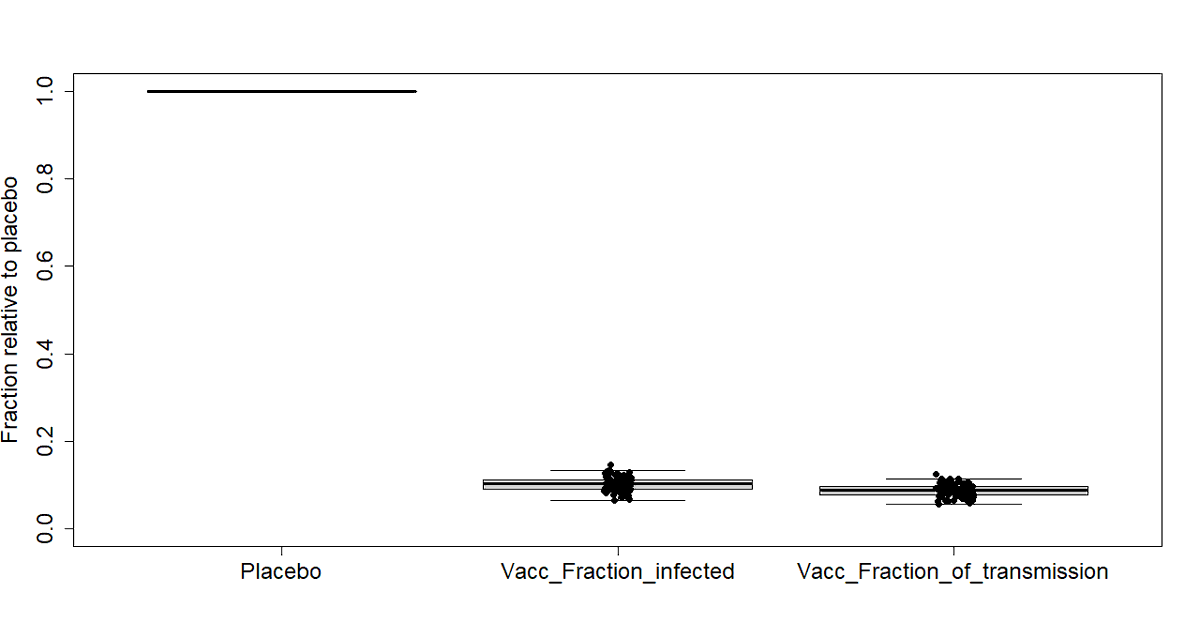
Background
By now, everyone knows there are 4 vaccines "approved for full use" (NY Times wording) in one or more countries: Pfizer, Moderna, Sputnik 5, Astrazeneca
nytimes.com/interactive/20…
By now, everyone knows there are 4 vaccines "approved for full use" (NY Times wording) in one or more countries: Pfizer, Moderna, Sputnik 5, Astrazeneca
nytimes.com/interactive/20…
These 4 have shown moderate (Astrazeneca) to very high efficacy in reducing "symptomatic" infections.
bbc.com/news/world-asi…
bbc.com/news/world-asi…
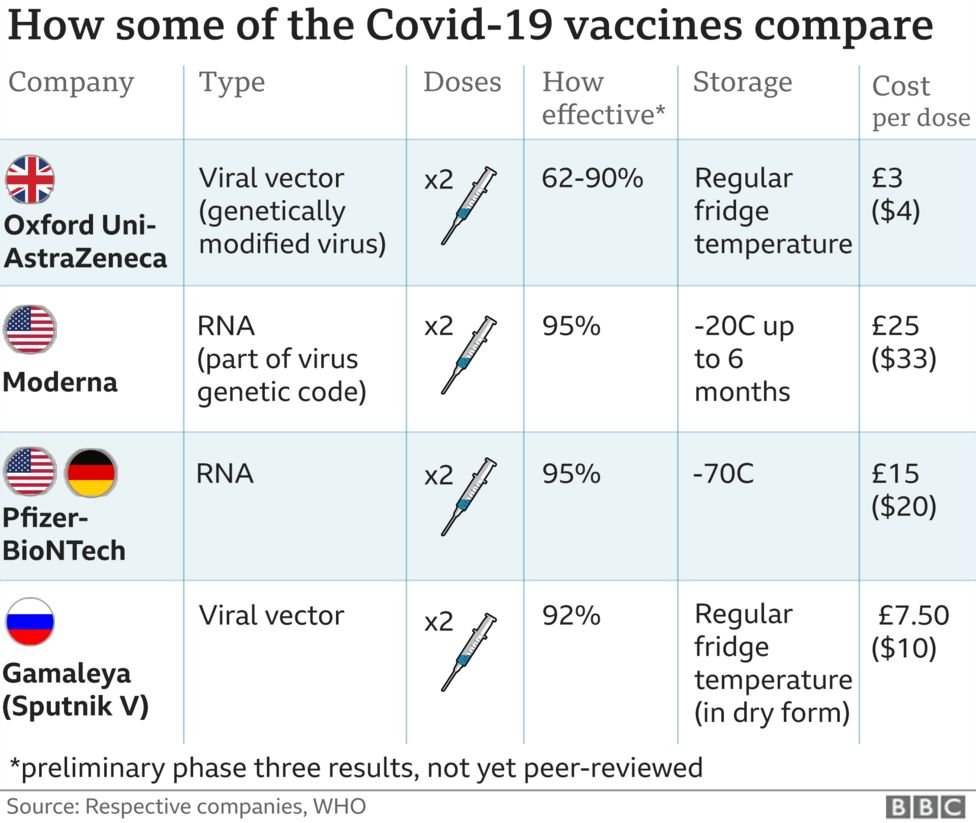
Their efficacy in reducing severe disease is thought to be higher, but there is less data than for mild/moderate infections b/c severe infections are rarer. I wrote a detailed thread about this for Pfizer vaccine:
https://twitter.com/DiseaseEcology/status/1336446195284070400
The big remaining Q is whether vaccines just reduce disease or also block infection or reduce transmission. I wrote a thread on this too.
Smarter people than me (@mlipsitch @nataliexdean) are also talking about this. science.sciencemag.org/content/370/65…
https://twitter.com/DiseaseEcology/status/1339093180151603202
Smarter people than me (@mlipsitch @nataliexdean) are also talking about this. science.sciencemag.org/content/370/65…
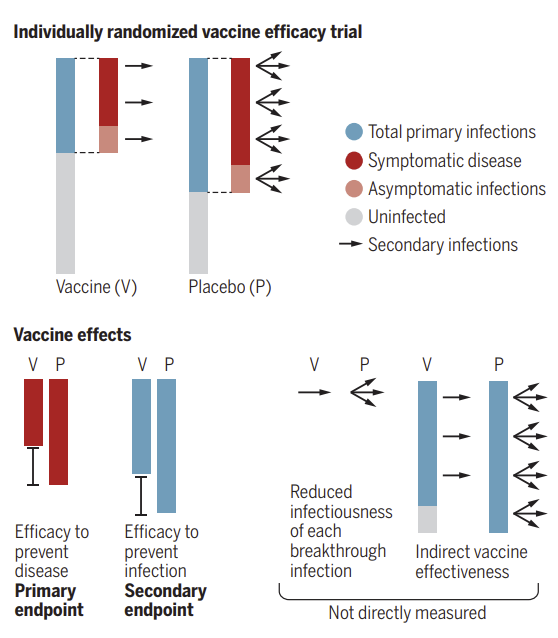
It matters enormously, both in terms of if is safe for vaccinated people to hug (@JuliaLMarcus theatlantic.com/ideas/archive/…), & for who we should allocate the vaccine to (science.sciencemag.org/content/early/…).
Many people know that neither the Pfizer or Moderna trial included regular swabbing of participants, so it was difficult to quantify asymptomatic infections. In fact, the ~95% efficacy against symptomatic infections left a wide range of possibilities open.
Here's a graph illustrating possibilities. We know from meta-analysis @nicolamlow that 20% of infections are asymptomatic doi.org/10.1371/journa… (see 1.placebo group). If vaccine only reduced disease but not infections, we'd get option 2 - no reduction in total infection but... 

a 95% reduction in symptomatic infections but a huge INCREASE in asymptomatic infections.
If vaccination reduced both symptomatic & asymptomatic infections 95% we get outcome 3. Finally, it's possible to get outcome b/w 2 & 3, shown as outcome 4.
If vaccination reduced both symptomatic & asymptomatic infections 95% we get outcome 3. Finally, it's possible to get outcome b/w 2 & 3, shown as outcome 4.
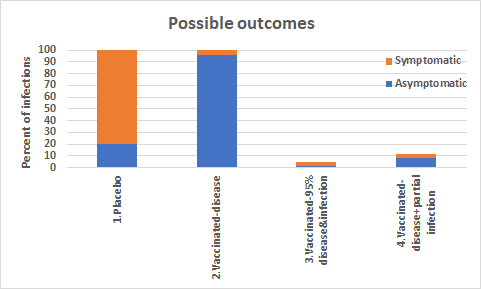
What do the data indicate?
A *CRUCIAL* bit of data was shared from Moderna trial based on swabs taken on day of 2nd dose. These data showed a 61.5% reduction in infections on this day. But was this estimate of reduction in total infections or asymptomatic?
A *CRUCIAL* bit of data was shared from Moderna trial based on swabs taken on day of 2nd dose. These data showed a 61.5% reduction in infections on this day. But was this estimate of reduction in total infections or asymptomatic?
https://twitter.com/DiseaseEcology/status/1339093206122655747
The difference is *crucial*. If reduction is in total infections, then it's better than outcome 2, but only 2/3 of the way towards outcome 3. If reduction is in asymptomatic infections then much better b/c w already know symptomatic infections are 95% lower.
I emailed authors of study (DOI: 10.1056/NEJMoa2035389) & Dr. El Sahly was kindly able to confirm that the swabs represent truly asymptomatic infections. This is fantastic because it indicates we have outcome 4 - reductions of 95% in symp. & 61.5% in asymp infections. 
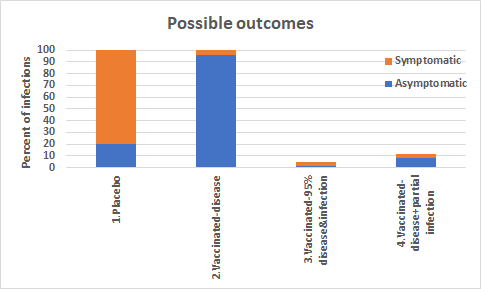
Finally, a very recent paper from @RoyKishony Israel suggested that infections following vaccination reduces viral load by ~2 Ct starting 12d after 1st dose (doi.org/10.1101/2021.0…) 
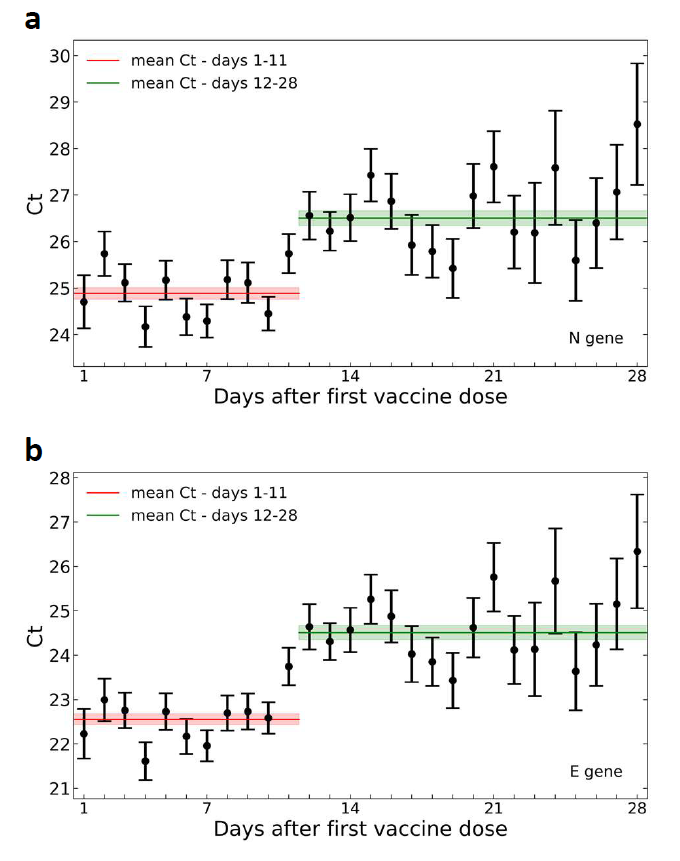
Another recent set of papers showed that lower viral loads are strongly correlated with lower transmission

https://twitter.com/DiseaseEcology/status/1357117171369824258
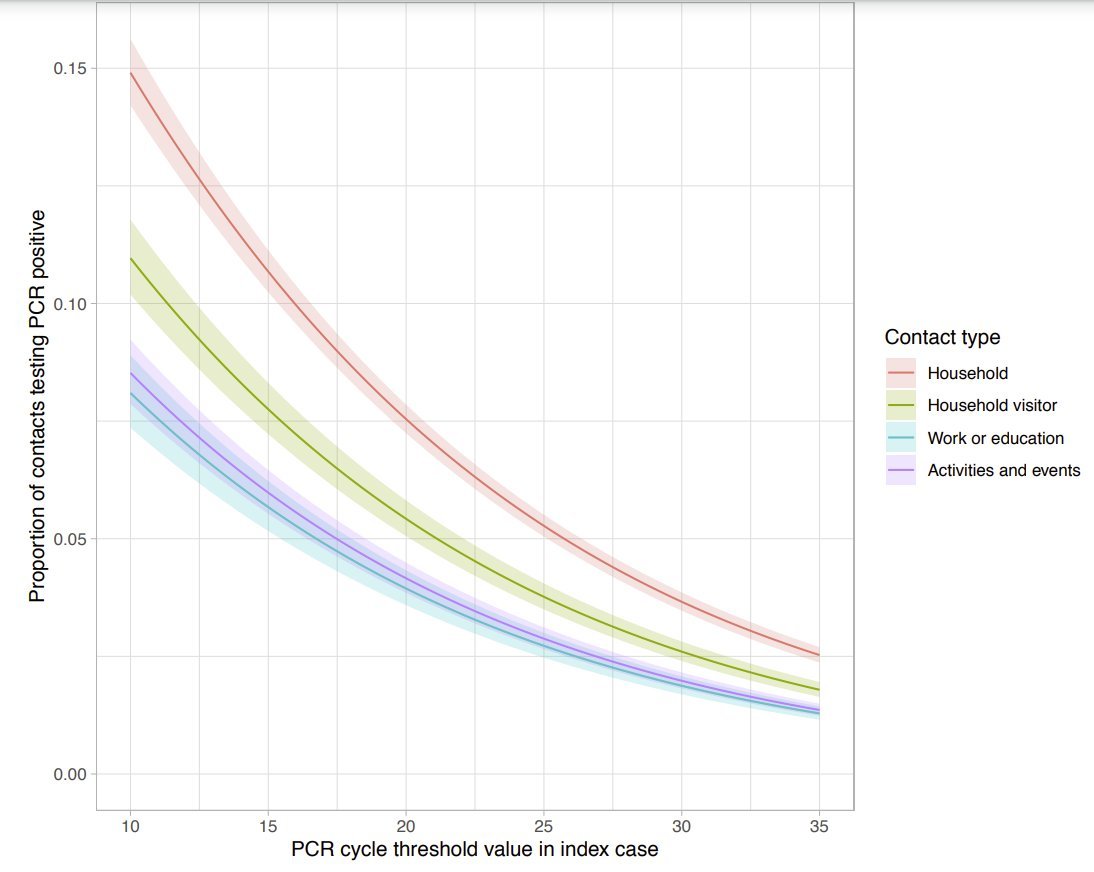
Linking these last two datasets is a little tricky given diffs in Ct b/w labs & logistic relationship b/w Ct & transmission- I've done a back of the envelope version below. Also vaccine from Israel study is Pfizer, not Moderna. This only affects transmission efficacy calculation.
If we put this all together, I *think* we can estimate the (minimum) reduction in both infection & transmission from vaccinated individuals. *Minimum* b/c reduction in asymptomatic infections & viral load is based on data BEFORE 2nd dose. Efficacy should improve w/ 2nd dose.
Point estimate:
Infection efficacy: (IE)
0.8*0.95+0.2*0.385=88.3%
Transmission efficacy:
IE*0.93^2 (.93 per log, 2 logs) = 89.9%
Infection efficacy: (IE)
0.8*0.95+0.2*0.385=88.3%
Transmission efficacy:
IE*0.93^2 (.93 per log, 2 logs) = 89.9%
Incorporating uncertainty from each component (except Ct-infectiousness correlation) w/ parametric boostrapping produces median reductions of 90% (87-93%) in infection & 91% (89-94%) of transmission
(Note: many CIs were not symmetrical so median !=mean/point estimates):
(Note: many CIs were not symmetrical so median !=mean/point estimates):
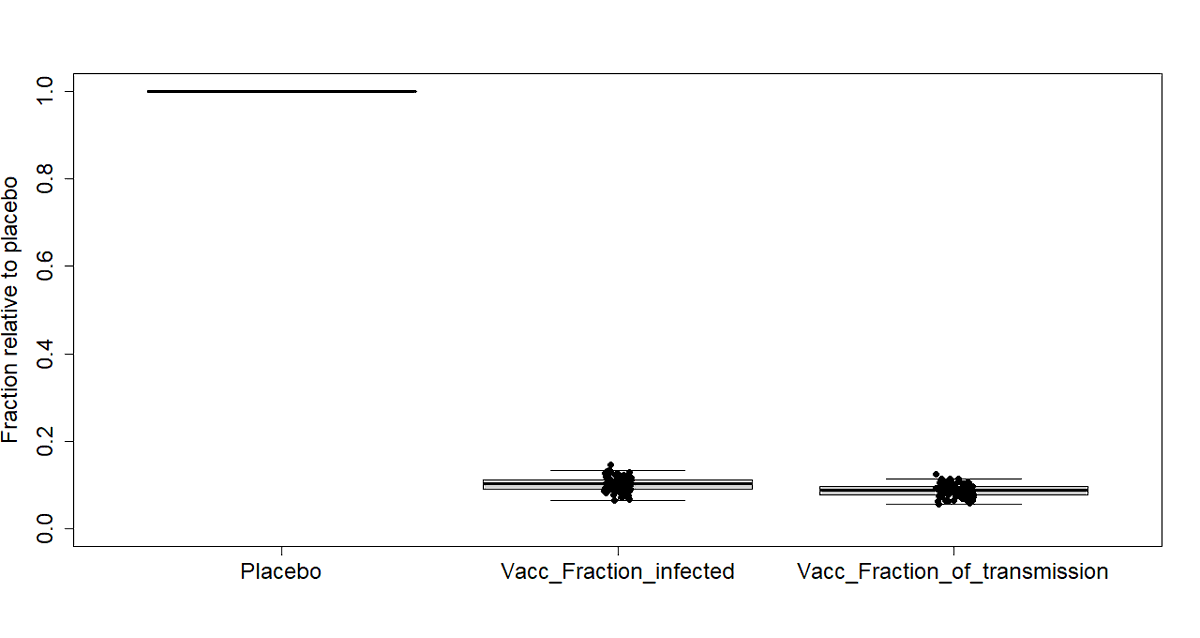
Note that infection reduction calcs are based on Moderna vaccine (no data on asymp infection for Pfizer). As noted above, trans reduction calcs use data from Pfizer, so a little bit of mixing & matching which is less than idea, but vaccines are very similar so prob not far off.
Have I made an error somewhere? If so, please let me know and I'll revise & update.
(or if it's a big error, I'll delete the whole thread).
@mlipsitch @nataliexdean @JoannaMasel @LucaFerrettiEvo
(or if it's a big error, I'll delete the whole thread).
@mlipsitch @nataliexdean @JoannaMasel @LucaFerrettiEvo
Add1:
I made a couple typos (that don't change calcs but confused people; apologies) in showing calcs of point estimates:
Reductions in infection should have been:
0.8*0.95+0.2*0.615=88.3%
Reduction in transmission
1-[(1-0.883)*0.93^2] = 89.9%
I made a couple typos (that don't change calcs but confused people; apologies) in showing calcs of point estimates:
Reductions in infection should have been:
0.8*0.95+0.2*0.615=88.3%
Reduction in transmission
1-[(1-0.883)*0.93^2] = 89.9%
Add2: h/t @taaltree
Reduction in transmission due to lower viral loads from an individual person has more uncertainty than pop estimate calc above. This expands 95% CI quite a bit so reduction for individual is:
91% (84%-96%)
Reduction in transmission due to lower viral loads from an individual person has more uncertainty than pop estimate calc above. This expands 95% CI quite a bit so reduction for individual is:
91% (84%-96%)
Add3: h/t @JamesGWood_UNSW
Data from 2nd swab is point prevalence estimate, not precise measure of all asymp infections. If duration of RNA shedding differs b/w vacc & unvacc, this alters ratio of prev vs # infect. Overall effect on reduction in infection is small if... (cont)
Data from 2nd swab is point prevalence estimate, not precise measure of all asymp infections. If duration of RNA shedding differs b/w vacc & unvacc, this alters ratio of prev vs # infect. Overall effect on reduction in infection is small if... (cont)
ratio of shedding durations is not huge (e.g. <2 or 1/2) b/c 95% efficacy for sympt inf is main effect & asymptomatic prev was (61.5%) lower. I thought I saw data on lower duration of shedding w/ vaccine but can't find it. @RoyKishony @segal_eran
Please link to it if you can.
Please link to it if you can.
Add4: @mlipsitch
Some of the PCR+ swabs @ 2nd dose will be detecting RNA from infections that occurred before vaccine has any efficacy. If we use 12d post-1st dose as cutoff, then if incidence ~constant, using @bennyborremans we can estimate this as...
elifesciences.org/articles/60122
Some of the PCR+ swabs @ 2nd dose will be detecting RNA from infections that occurred before vaccine has any efficacy. If we use 12d post-1st dose as cutoff, then if incidence ~constant, using @bennyborremans we can estimate this as...
elifesciences.org/articles/60122
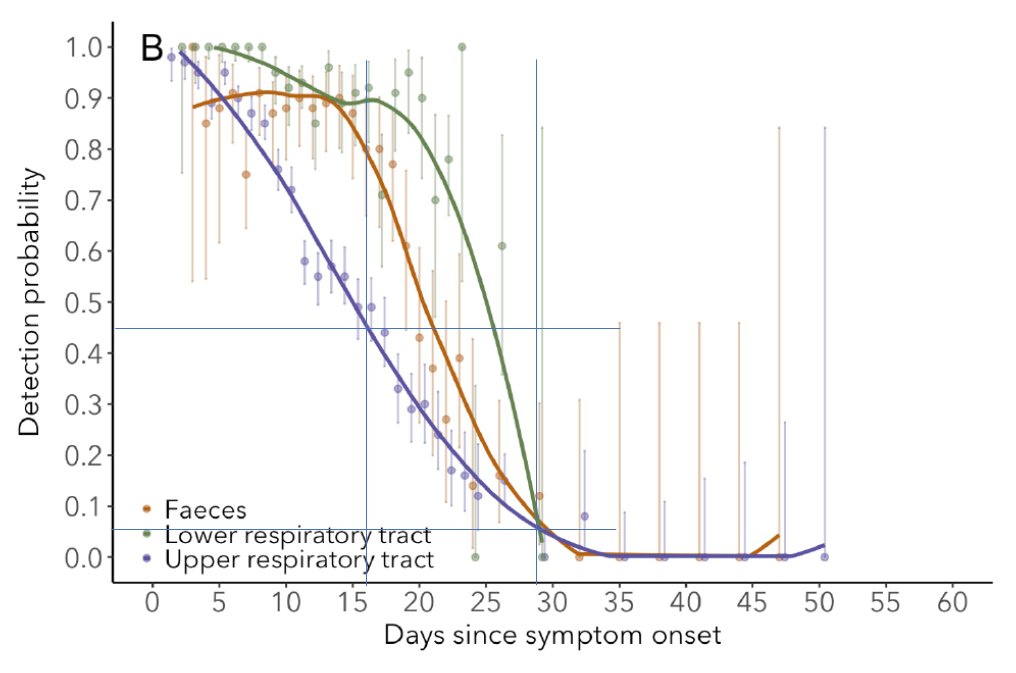
Frac of cases days 1:12 of 1:28=12/28
Prob of detecting RNA from these cases (simple linear interpol.): 0.255
Swabs + in vaccine group on day of dose 2= 15
12/28*0.255*15=1.64 swabs still being detected by residual RNA from cases detected on days 1-12
Prob of detecting RNA from these cases (simple linear interpol.): 0.255
Swabs + in vaccine group on day of dose 2= 15
12/28*0.255*15=1.64 swabs still being detected by residual RNA from cases detected on days 1-12
Add5:
Vaccine efficacy in reducing infection (incidence) can be calculated (w/ assumptions) using point prevalence P using eq from doi:10.1016/j.vaccine.2009.04.009 (h/t @mlipsitch)
But, 1-P_V & 1-P_C =~1, b/c
P_V=15/14,711
P_C=39/14,617
so correction (1-P_C)/(1-P_V)=0.998
Vaccine efficacy in reducing infection (incidence) can be calculated (w/ assumptions) using point prevalence P using eq from doi:10.1016/j.vaccine.2009.04.009 (h/t @mlipsitch)
But, 1-P_V & 1-P_C =~1, b/c
P_V=15/14,711
P_C=39/14,617
so correction (1-P_C)/(1-P_V)=0.998

Accounting for two revisions above increases efficacy estimates a tiny bit, but it's lost in rounding estimates to avoid over-precision:
Infection: 90% (86%-93%)
Transmission: 91% (82%-96%)
New boxplot w/ more draws to show full range of outcomes.
Infection: 90% (86%-93%)
Transmission: 91% (82%-96%)
New boxplot w/ more draws to show full range of outcomes.

Add6
Reduction in viral load following vaccination (see above) didn't indicate if infections were symptomatic. If all were symp., then reduction in loads for symp. & asymp. infections w/ vaccine & might be *much* larger than above & further reduce infectiousness.
Reduction in viral load following vaccination (see above) didn't indicate if infections were symptomatic. If all were symp., then reduction in loads for symp. & asymp. infections w/ vaccine & might be *much* larger than above & further reduce infectiousness.
Add7
Calc above rests on assumption of fraction of infections that are symptomatic (80% from meta-analys). If this fraction is lower, reduction in infection is lower. At extreme (all infec asymptomatic) reduction in fraction infected is 61.5%. Here's a simple fig showing this:
Calc above rests on assumption of fraction of infections that are symptomatic (80% from meta-analys). If this fraction is lower, reduction in infection is lower. At extreme (all infec asymptomatic) reduction in fraction infected is 61.5%. Here's a simple fig showing this:

Update: Vaccination reducing asymptomatic & total infections
2 new studies provide real-world estimates to assess calculations above
Caveat: both are observational studies
1st paper, reduction in all infections: 21d post dose1: 72%; 7d post 2nd dose, 86%
2 new studies provide real-world estimates to assess calculations above
Caveat: both are observational studies
1st paper, reduction in all infections: 21d post dose1: 72%; 7d post 2nd dose, 86%
https://twitter.com/DiseaseEcology/status/1363947185973325826
2nd paper: 46% reduction in asymptomatic infections comparing days 1-12d post-vaccination to 13d+ (w/ hint that viral loads also lower but N=4 far too small). Unfortunately study doesn't provide data to compare total infections between 1-12d, 13d+.
d197for5662m48.cloudfront.net/documents/publ…

d197for5662m48.cloudfront.net/documents/publ…


Data from 3rd paper (but NOT against all infections; just symptomatic & a fraction of asymptomatic) indicates that vaccine efficacy increases from d14-21 so comparisons grouping 1-12d, vs 13-24 underestimate efficacy.
DOI: 10.1056/NEJMoa2101765
DOI: 10.1056/NEJMoa2101765

Together these studies provide independent evidence for vaccines reducing total infections (not just symptomatic infections). None are directly comparable to calculations above (differences: day of comparison, Pfizer vs Moderna, observational vs RCT) but they suggest...
-Reductions in total infections from 1st paper (
-Pfizer, day 21 post 1st dose: 72% (58%-86%) vs
-My calcs: Moderna day 28 post 1st dose: 90% (86%-93%)
https://twitter.com/DiseaseEcology/status/1363947185973325826) are likely lower than my initial calcs (w/ barely overlapping CIs):
-Pfizer, day 21 post 1st dose: 72% (58%-86%) vs
-My calcs: Moderna day 28 post 1st dose: 90% (86%-93%)

My *guess* for slight discrepancy is the estimate I used for the fraction of infections that are asymptomatic was too low (see above for how this affects calculation).
Regardless, data from study #1 above shows that 7d+ after 2nd shot, efficacy against total infection is 86% (76%-97%) which, if supported by future studies, would be fantastic!
(Note that none of these new studies address transmission)
(Note that none of these new studies address transmission)

New paper @mlipsitch on same Q: how much do vaccines reduce infection & transmission: medrxiv.org/content/10.110…
Paper considers Q more generally & for Moderna.
Will probably write full thread later.
tl;dr Estimate is essentially identical to what I suggested above 89.5% (85-93).
Paper considers Q more generally & for Moderna.
Will probably write full thread later.
tl;dr Estimate is essentially identical to what I suggested above 89.5% (85-93).

Another paper: data on Pfizer vaccination reducing infection. Asymptomatic pre-procedural screening suggests 79%-80% lower infection 10d post 1st dose/0d post 2nd dose.
academic.oup.com/cid/advance-ar…
academic.oup.com/cid/advance-ar…

New paper suggesting mRNA vaccines reduce infection (not just disease) by 80%/90% post 1st/2nd doses in HCWs in US. Some issues w/ study design, but overall very promising.
cdc.gov/mmwr/volumes/7…
cdc.gov/mmwr/volumes/7…

Add: 2 more papers show 1 vaccine dose lowers viral loads & thus infectiousness 20-40%. Both based on period testing (not just of sympt cases) & find larger reductions than paper above. But both are in very old pops SNF/LTCF so hard to apply to younger pop.
h/t @DevanSinha

h/t @DevanSinha


Studies show ~4.7 & ~7Ct differences b/w unvaccinated & single dose (Pfizer/AZ) vaccinated individuals. Using studies above these diffs likely translate to ~20-40% reductions in infectiousness for breakthrough infections.
Links: medrxiv.org/content/10.110…
academic.oup.com/cid/advance-ar…
Links: medrxiv.org/content/10.110…
academic.oup.com/cid/advance-ar…
I'd expect even larger reductions in viral loads w/ 2nd dose of vaccines & would love to see data from younger ages & more estimates per individual. Do these exist? Please link to them.
• • •
Missing some Tweet in this thread? You can try to
force a refresh


